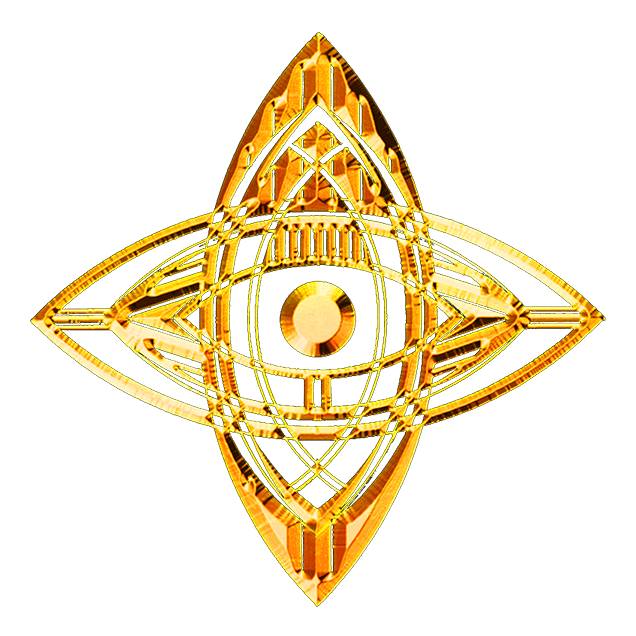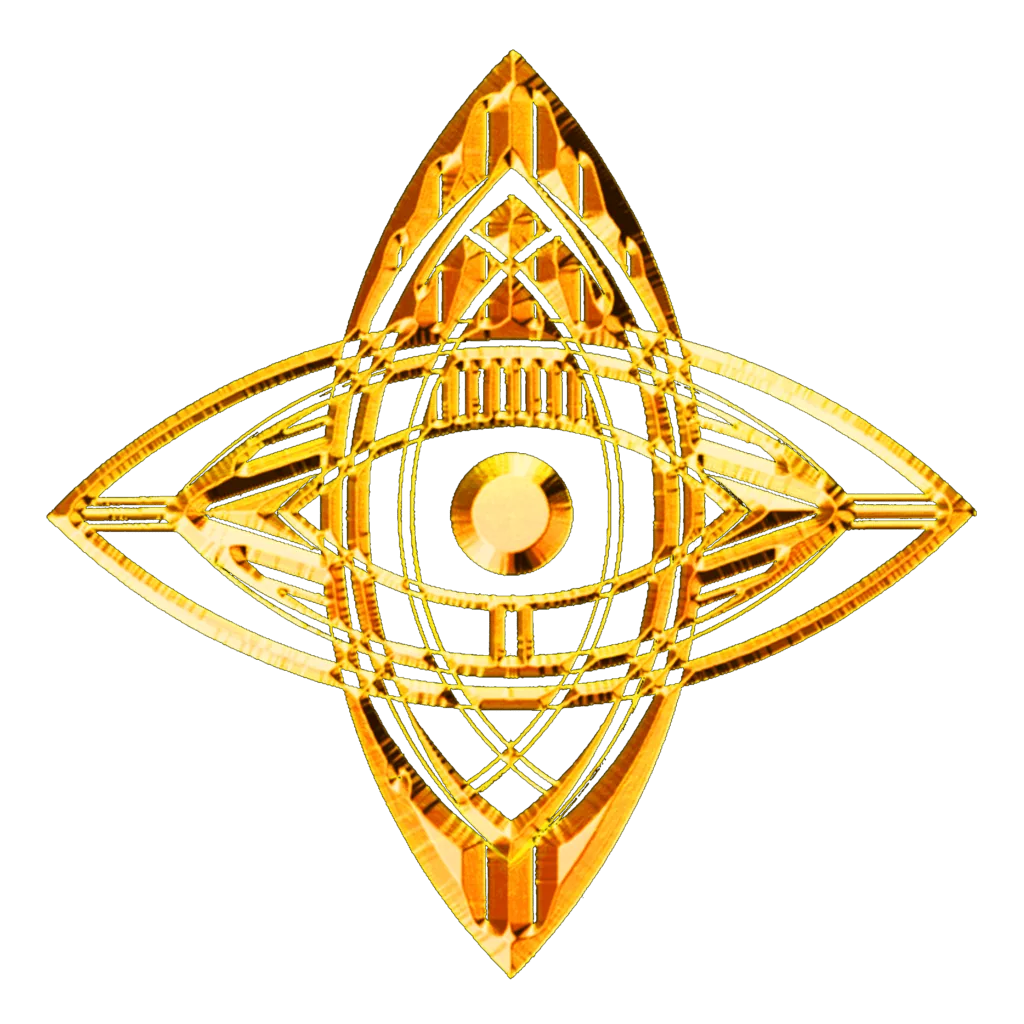What is World Design?
World Design is a discipline stemming from Narrative Design which makes possible to create a coherent universe in all aspects and at all scales. Narrative Design focuses on the plot, the narrative arcs and the development of the Scenario ; World Design focuses on the conceptual context in which the Scenario takes place.
Metaphorically, Narrative Design represents the Content and World Design represents the Container.
Ideally, World Design (or World Lore) applies in disciplines specific to very complex worlds with exclusive conditions for the development of a scenario : Video Games with persistent or complex worlds (MMORPGs), Theme Parks, Fiction Films, Comics, Novels, etc.
The Scenario impacts the World in which it takes place but is also impacted by it. For example, the Novel “Dune” by Frank Herbert, can be split between these two disciplines:
• World Design : The planet Arrakis is a desert planet, with a very particular ecosystem based on Sand Worms, and it, alone, produces the most important resource of the Galaxy : Spice, which is the stake of all the factions of the story.
• Narrative Design : The story tells how the hero –Paul Atreides– will interact with the different characters and factions of this context and how, through his adventures, he will evolve to take control of this World by understanding all the issues.
The two disciplines respond to and influence each other. In absolute terms, Arrakis can exist without Paul Atreides, Paul Atreides can exist without Arrakis ; but it is the interaction of these two paradigms that creates the uniqueness of this saga.

What is your World?
Your Universe can be either Realistic, Cartoon or Science-Fiction ; its transmission can range through Branding, Copywriting, Writing, Game or Cinema. But to be able to generate a strong Universe, in substance as well as in form, it is necessary to immerse oneself in the narrative, graphic and historical codes of this Universe. To synthesize them and transcribe them coherently in the development of this Universe, without betraying its origin.
World Design makes it possible to give all universes -whatever they are- their own narrative and formal vocabulary. And this must be done at all scales and in all details.
Examples of typical questions from World Design :
• What is the production’s narrative background?
• In which ecosystem is it located?
• What will be the costumes of the characters in this production?
• What type of economy is established?
• Does the space used optimize the story?
• Are there factions and interaction history between them?
• Is a special language used?
• Are you coherent in every aspect of your World?
Note that all these questions can be applied indiscriminately to Video Games, Theme Parks, Cinema, Strategic Foresight, Publishing or even Branding.
Comics as World Design!
As a scriptwriter-drawer of comics, I was led to apply World Design directly to this medium. And, conversely, Comics can be a great tool for applying World Design to a variety of other media such as Video Games, Branding, Strategic Foresight, Cinema, Novel, etc.
Indeed, by mastering the synthesis of drawing and script, I can visually present the full spectrum of World Design possibilities, while also conceiving them as narrative assets within the Story and its context (Who, What, When, Where, How) :
WHO :
• Characters – appearance, background, dialogues, ethnicity, abilities, etc.
• Creatures or Races – societies, ethology, economy, peculiarities, factions, religions, etc.
WHAT :
• Graphic Charter – currency, illustrative consistency, heraldry, symbols, flags, etc.
• Items and Artefacts – blueprints, dimensions, features, technology or powers, etc.
WHEN :
• Chronologies – visual representation of time scales, synchronicity of events, genealogy, etc.
WHERE :
• Architecture – styles, level plans, etc.
• Locations – original ecosystems, contextual narrative roles, planets, places, physical or magical laws, etc.
HOW :
• Events – creation of storyboards, visualization of events and their consequences, decision diagrams, etc.
By presenting a coherent Universe – both visually and narratively – Comics can be a reliable and fast tool to help all types of media to represent the complexity of their universes.
This type of World Design can also be an outcome in itself which will lay the foundations for future development through other media; for example, comics can be adapted for the cinema, transformed into video games, used in branding, etc.





















